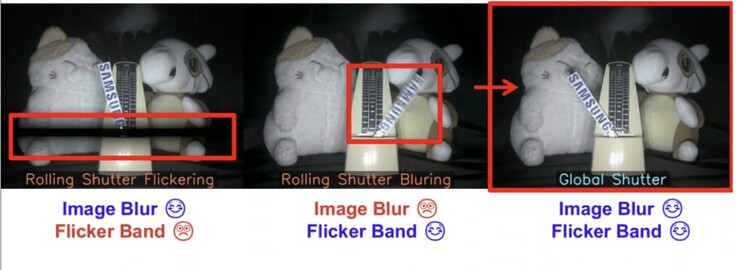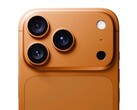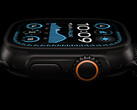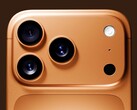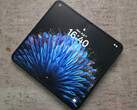Apple has been unusually open about the future of the iPhone lately. While the prospects of an iPhone manufactured entirely in the USA remains unrealistic, more and more components will be manufactured in the US, such as iPhone and Apple Watch protective glass and new camera sensors, which will be produced by Samsung in a factory in Austin, Texas. An fascinating background report on the latter was recently published in South Korean trade journal Hankyung and subsequently translated in detail by @Jukanlosreve on X. The report itself is based on a paper presented by Samsung at the International Solid-State Circuits Conference (ISSCC) in February 2025, which can be viewed publicly on Researchgate.
Although US President Donald Trump's policies may have been the immediate trigger for these developments, the officially confirmed use of Samsung camera sensors with "innovative new technology that the world has never seen before" for future iPhones is likely to be grounded in a purely technological motive, which apparently goes by the name of hybrid shutter. This refers to a completely new Samsung technology that combines the advantages of a rolling shutter and a global shutter in one image sensor and is intended to compensate for their individual disadvantages.
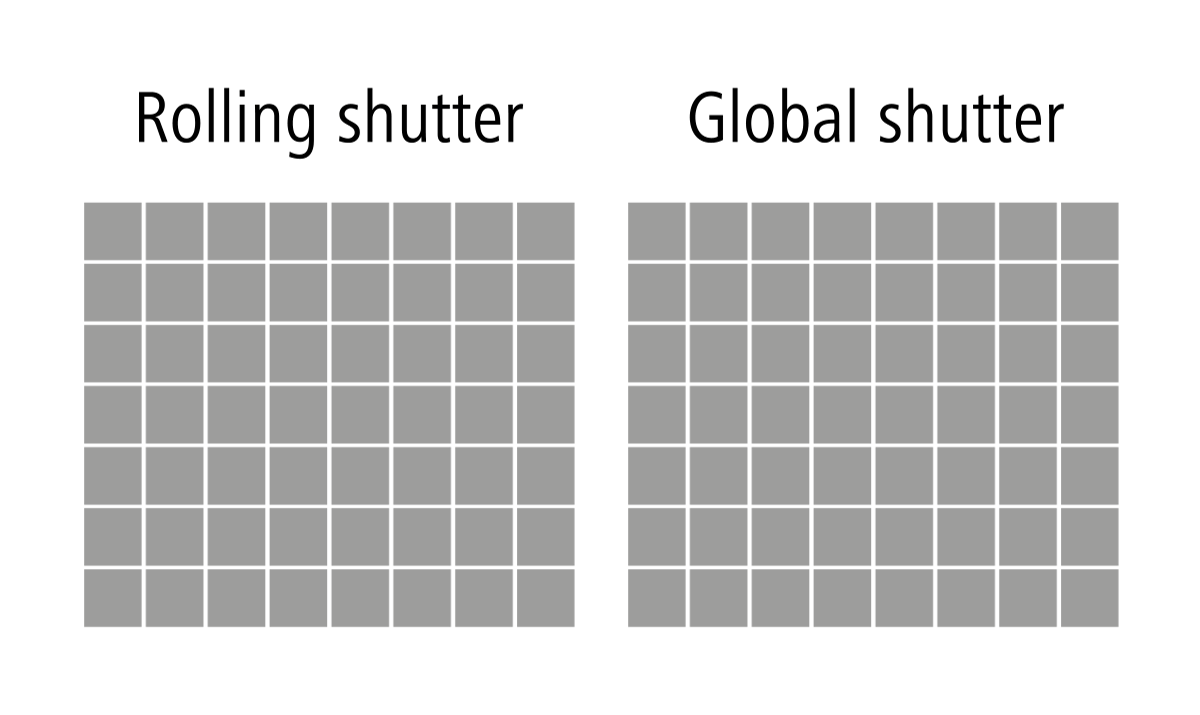
The structure of hybrid shutter camera sensors
You can read about the specific functioning of the two shutter technologies in camera sensors at Merwansky, for example. Here is a brief summary: The "rolling shutter" can cause blurring, a jello effect, or flickering in videos when fast-moving objects are present. The theoretically superior "global shutter" is more complex, consumes more energy, and can lead to unnatural-looking and noisy images. The sensors with hybrid shutter technology currently under development at Samsung are being produced with three layers for the first time. The top layer contains the photodiodes and rolling shutter components, followed by the middle chip with its transistors and capacitors for the global shutter. Lastly, the bottom layer houses the logic semiconductor, which integrates the ADC and an image signal processor (ISP) for image correction.
How the hybrid shutter functions
By default, the sensor's 1.2-micron 50-MP pixels operate individually in rolling shutter mode. However, if the smartphone chipset detects a problematic scene, such as a rotating fan in the image, which can cause image distortion in rolling shutter mode, global shutter mode is activated. A type of pixel binning mode is then used, in which four pixels are grouped together to minimize the complexity of global shutter mode. According to Samsung's study, this solution delivers impressive results, reducing noise by more than half and avoiding the issues that typically occur in rolling shutter mode.
Unlikely to be on the iPhone 18 Pro
Apple was apparently so impressed by Samsung's presentation of the new sensor technology in February that it has apparently terminated or at least weakened its long-standing exclusive partnership with Sony. While Apple has officially confirmed the planned use of "innovative new technology" for its camera sensors, whether this is actually the hybrid shutter technology shown in the Samsung presentation remains to be seen.
It is also unclear when the new Samsung sensors will be installed in Apple's iPhones. According to the report, this is unlikely to happen before 2027 at the earliest, so it won't be available on the iPhone 18 Pro, which is expected in 2026. Since 2027 will also mark the 20th anniversary of the very first iPhones, the rumored anniversary iPhone, potentially called iPhone 20 Pro or iPhone XX and rumored to be made entirely of glass, could be the first to benefit from this camera technology.
Source(s)
Samsung via Researchgate, Hankyung via Jukanlosreve,
Image: @AppleTrack, Merwansky Medium (Animation)






